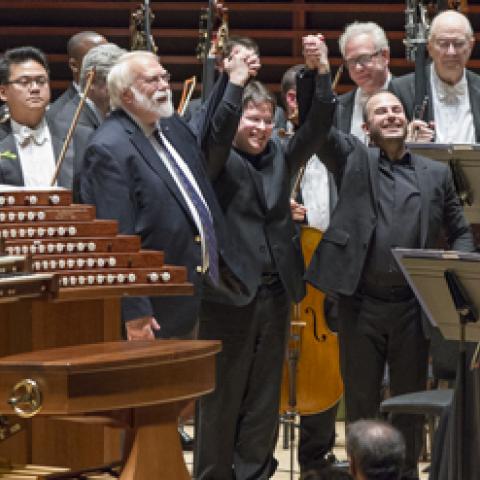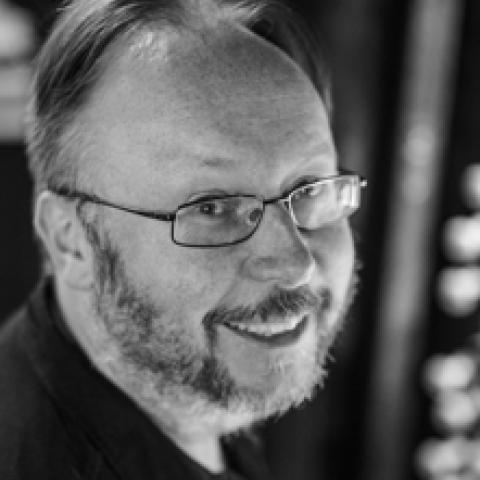
Paul Jacobs gave the East Coast premiere of James MacMillan’s A Scotch Bestiary for organ and orchestra with the Philadelphia Orchestra, conducted by music director Yannick Nezet-Seguin, January 11–13.
The program marked the second performance of this work in the United States since its premiere in 2004, when it was originally co-commissioned by the Los Angeles Philharmonic and the BBC Philharmonic.
A Scotch Bestiary is a 35-minute work in two movements, inspired by human archetypes and personalities encountered in the composer’s life in Scotland.
For information: www.pauljacobsorgan.com.
Paul Jacobs and Yannick Nezet-Seguin





